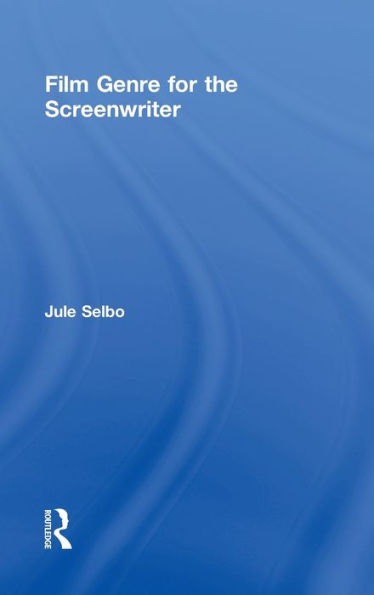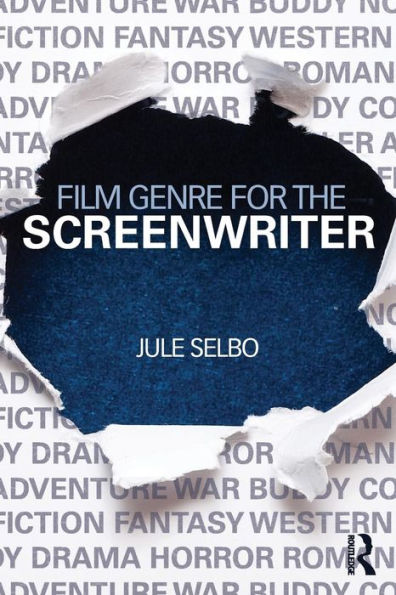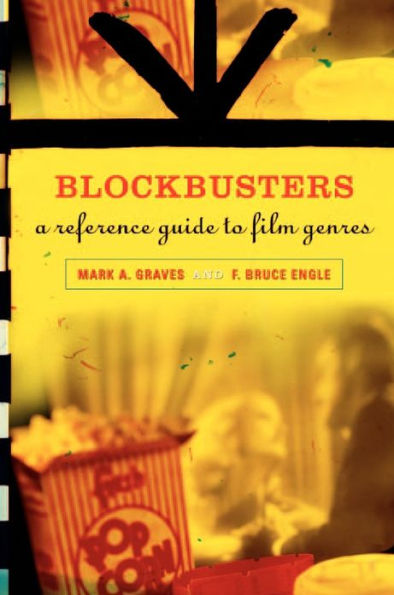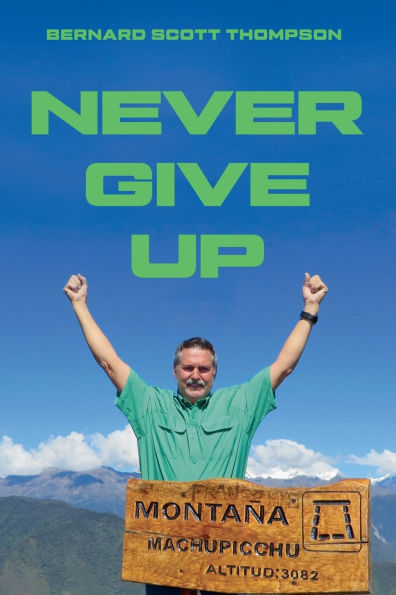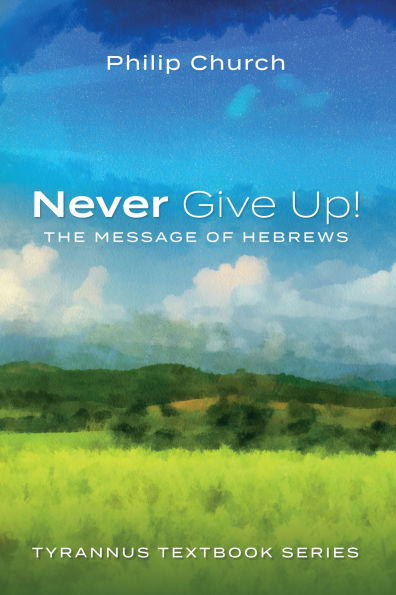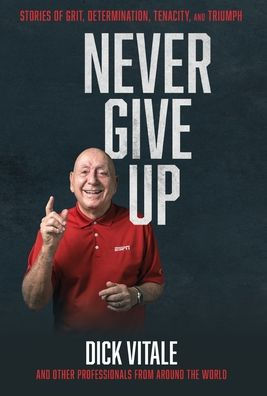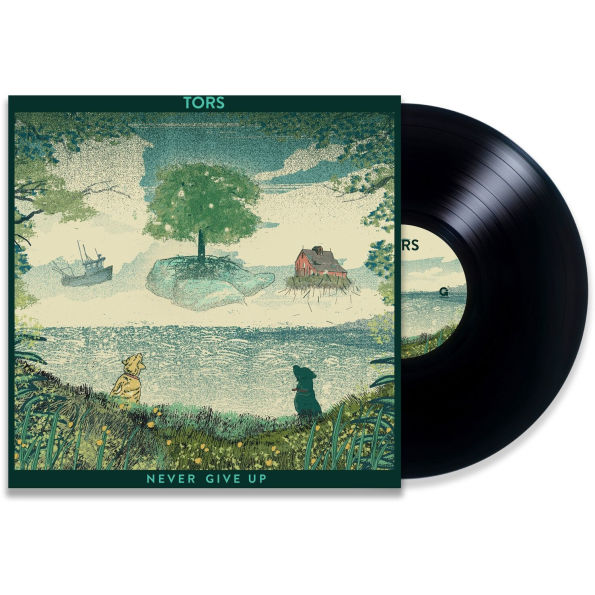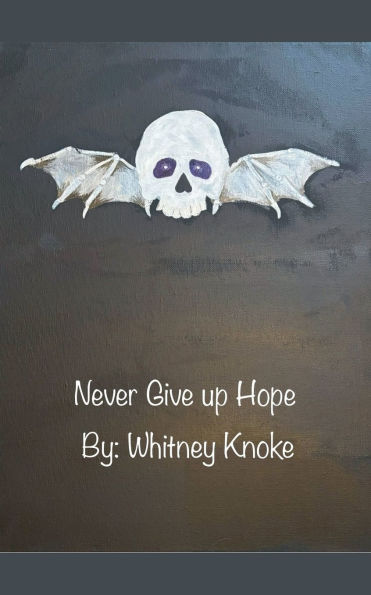Home
Parody as Film Genre: Never Give a Saga an Even Break
Barnes and Noble
Loading Inventory...
Parody as Film Genre: Never Give a Saga an Even Break in Franklin, TN
Current price: $95.00

Barnes and Noble
Parody as Film Genre: Never Give a Saga an Even Break in Franklin, TN
Current price: $95.00
Loading Inventory...
Size: OS
Parody is the least appreciated of all film comedy genres and receives little serious attention, even among film fans. This study elevates parody to mainstream significance. A historical overview places the genre in context, and a number of basic parody components, which better define the genre and celebrate its value, are examined. Parody is differentiated from satire, and the two parody types, traditional and reaffirmation, are explained. Chapters study the most spoofed genre in American parody history, the Western; pantheon members of American Film Comedy such as The Marx Brothers, W. C. Fields, Mae West, and Laurel and Hardy; pivotal parody artists, Bob Hope and Woody Allen; Mel Brooks, whose name is often synonymous with parody; and finally, parody in the 1990s. Films discussed include Destry Rides Again (1939), The Road to Utopia (1945), My Favorite Brunette (1947), The Paleface (1948), Butch Cassidy and the Sundance Kid (1969), Blazing Saddles (1974), Young Frankenstein (1974), Hot Shots! Part Deux (1993) and Scream (1996).
This examination of parody will appeal to scholars and students of American film and film comedy, as well as those interested in the specific comedians discussed and the Western genre. Gehring's work will also find a place in American pop culture studies and sociological studies of the period from the 1920s to the 1990s. The book is carefully documented and includes a selected bibliography and filmography.
This examination of parody will appeal to scholars and students of American film and film comedy, as well as those interested in the specific comedians discussed and the Western genre. Gehring's work will also find a place in American pop culture studies and sociological studies of the period from the 1920s to the 1990s. The book is carefully documented and includes a selected bibliography and filmography.
Parody is the least appreciated of all film comedy genres and receives little serious attention, even among film fans. This study elevates parody to mainstream significance. A historical overview places the genre in context, and a number of basic parody components, which better define the genre and celebrate its value, are examined. Parody is differentiated from satire, and the two parody types, traditional and reaffirmation, are explained. Chapters study the most spoofed genre in American parody history, the Western; pantheon members of American Film Comedy such as The Marx Brothers, W. C. Fields, Mae West, and Laurel and Hardy; pivotal parody artists, Bob Hope and Woody Allen; Mel Brooks, whose name is often synonymous with parody; and finally, parody in the 1990s. Films discussed include Destry Rides Again (1939), The Road to Utopia (1945), My Favorite Brunette (1947), The Paleface (1948), Butch Cassidy and the Sundance Kid (1969), Blazing Saddles (1974), Young Frankenstein (1974), Hot Shots! Part Deux (1993) and Scream (1996).
This examination of parody will appeal to scholars and students of American film and film comedy, as well as those interested in the specific comedians discussed and the Western genre. Gehring's work will also find a place in American pop culture studies and sociological studies of the period from the 1920s to the 1990s. The book is carefully documented and includes a selected bibliography and filmography.
This examination of parody will appeal to scholars and students of American film and film comedy, as well as those interested in the specific comedians discussed and the Western genre. Gehring's work will also find a place in American pop culture studies and sociological studies of the period from the 1920s to the 1990s. The book is carefully documented and includes a selected bibliography and filmography.
